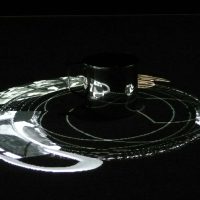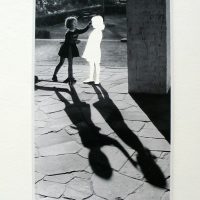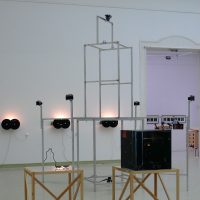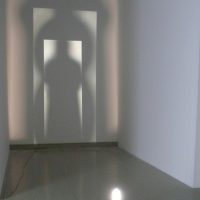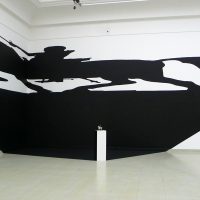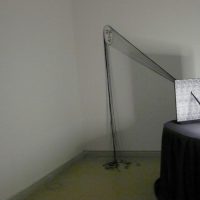The image is the leading medium of our times – we must continually fathom the depths of its spectrum of influence and the associated, constant changes in our ways of seeing. When tracking the origins of image production with the aid of various technologies and media, it is possible to experience the way that artistic images emerge, to identify their specific characteristics, and to pinpoint the way that fiction and reality, illusion and vision interlock. Bringing traditional concepts and apparatuses up to date signifies more than just a revival: it holds the potential for development and renewal, for surprise and experiment.
The aim of the exhibition is to provide a context for current artistic positions, adopting a media-archaeological perspective. Individual examples from the Werner Nekes Collection are thus to be shown as islands within the exhibition spaces. Over decades, the filmmaker Werner Nekes has built up a unique collection, the objects of which can be seen as the precursors to film, television and the digital age, and which come together to form a cultural history of optical media: anamorphoses, magic lantern apparatus and slides, perspective theatres etc. These objects enable us to read the historical development of image production before the background of available technical possibilities during each era.
The exhibition will enable visitors to sense the spirit of experiment behind all this, which has also stimulated contemporary artists. This spirit is reflected in the exhibition concept: the exhibition is intended as more than a touring exhibition, the content of which is fixed from the outset and for all venues. We are aiming for a dynamic concept, incorporating cross-references to the collections of individual local institutions and to relevant interdisciplinary discourse.
